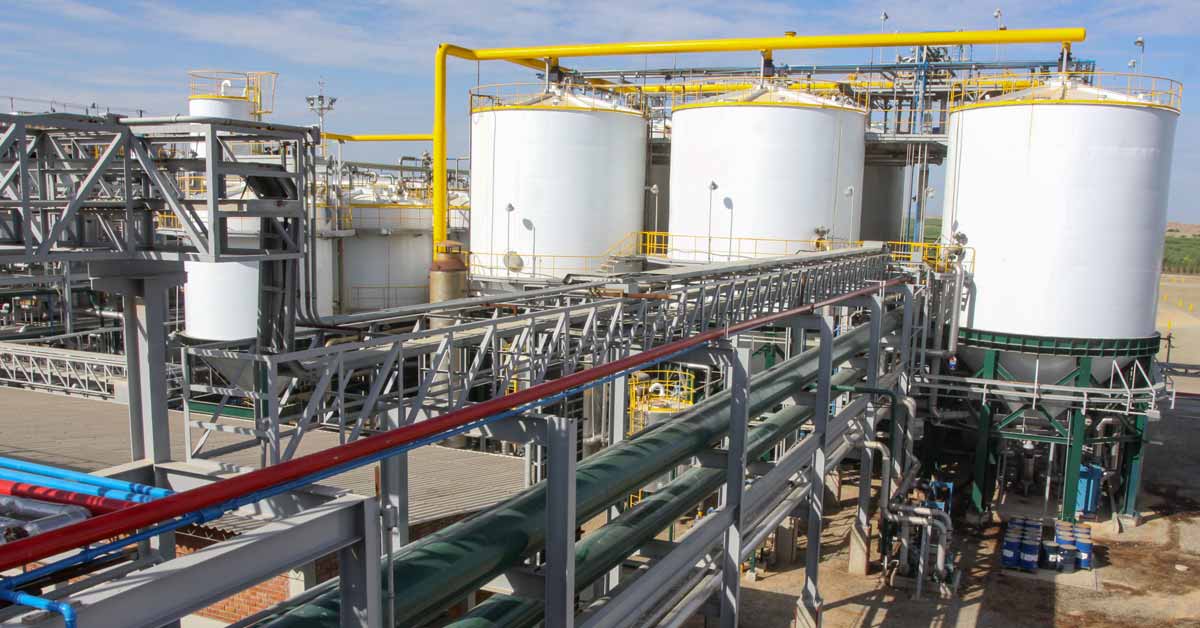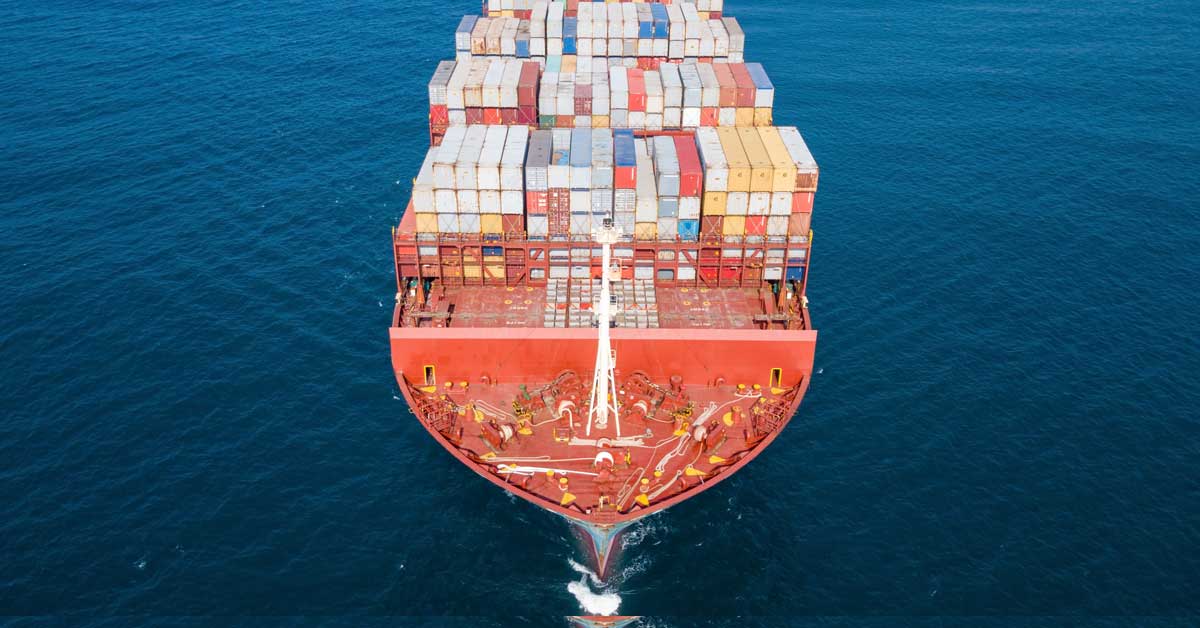3 min read
US Biofuel Imports Hit Lowest in a Decade After Tax Credit Overhaul
ResourceWise
:
Oct 9, 2025 9:08:07 AM

In the first half of 2025, US imports of biodiesel and renewable diesel plunged to their lowest levels in more than a decade.
According to the US Energy Information Administration, biodiesel imports averaged just 2,000 barrels per day, down sharply from 35,000 b/d in 1H 2024. Similarly, renewable diesel imports tumbled to 5,000 b/d from 33,000 b/d a year earlier.
These are the weakest first-half import numbers since 2012, a period when domestic biofuel use was only a fraction of today’s volumes.
This dramatic drop follows a major tax-credit policy shift. Under the Inflation Reduction Act, the previous $1/gallon blender’s tax credit (BTC), which applied to both imported and domestic biodiesel/renewable diesel, was replaced in 2025 by the Section 45Z Clean Fuel Production Credit.
The main change? 45Z excludes imports.
The removal of import eligibility has undercut the economics of foreign biofuels entering the US market. The change reflects several other US actions that aim to focus on domestic production rather than imports.
Why Imports Fell (and Why Domestic Producers Gained)
1. Tax credits no longer favor imports
Prior to 2025, both domestic and imported biomass-based diesel qualified for the $1/blender’s tax credit. This gave importers a competitive footing alongside US-based production operations.
With the credit now limited to US production under Section 45Z, imported biodiesel and renewable diesel face a structural disadvantage.
2. Weak domestic demand and poor blending margins
Import volumes were also squeezed by lower domestic consumption.
Compared to 1H 2024, US renewable diesel use in 2025 was down ~30%, and biodiesel use was down ~40%. That drop reflects market uncertainty over blending mandates and thin or negative margins on biofuel blends.
3. Blenders pivot to domestic supply
Facing tighter margins and the adjusted tax credit framework, fuel blenders have increasingly turned to domestic biofuel production over imports. This applied even for the reduced volumes they still blend.
The shifted dynamic squeezed out imports further as foreign producers had fewer profitable outlets.
One example of this change in action: Neste. The company has historically supplied all the renewable diesel imports to the US. But in early 2025, Neste sent a smaller share of exports.
Looking ahead, the EIA forecasts net US biodiesel imports in 2025 and 2026 to remain at their lowest levels since 2012.
Implications for Domestic Markets and Policy
Stronger Domestic Biofuel Demand
The tax-credit change shifts value to US producers, potentially spurring new investments in domestic biodiesel and renewable diesel facilities. As imports retreat, the burden of meeting RFS mandates increasingly relies on local capacity.
Feedstock Pressure Intensifies
Greater demand for domestic output means more pressure on feedstock supply (e.g. used cooking oil, animal fats, residues). Regions with abundant low-cost feedstocks may tighten further, fueling competition, price volatility, or supply constraints.
Credit and Compliance Dynamics Shift
RIN markets may see upward pressure if biofuel volumes grow but supply remains constrained. Domestic producers now gain more exclusive access to the Clean Fuel Production Credit, which could enhance profitability for efficient operations.
Importers and Exporters Pivot Strategies
Foreign biofuel producers will likely reroute supply away from the US and toward markets still offering incentives or favorable trade conditions. Some may pursue joint ventures or local US assets to regain eligibility under the new credit scheme.
Lagged Consumption Recovery and Regulatory Risk
As blending demand rebounds later in 2025 (to meet RFS mandates), domestic producers and infrastructure must be ready. Yet regulatory swings or uncertain credit program details could still destabilize market participation.
Key Risks and Wild Cards
- Feedstock Bottlenecks: If domestic biofuel plants scale without securing sustainable feedstocks, raw material costs may spike, eroding margins.
- Policy Reversals or Litigation: Import restrictions could provoke legal challenges (e.g. from trade groups arguing unfair treatment), or future administrations may reintroduce import credits.
- Overcapacity and Margin Pressure: Rapid new builds could create oversupply and compression on margins. This holds especially true within a volatile RIN environment.
What These Changes Will Mean
The 2025 policy pivot didn’t just shift tax credit rules. It has completely reshaped the US biodiesel/renewable diesel trade landscape.
Import volumes have collapsed almost overnight, and the competitive balance now tilts toward domestic producers. For stakeholders across the value chain like feedstock suppliers, refiners, investors, and compliance-focused entities, this shift highlights two critical concerns:
Feedstock Strategy Matters More than Ever
Securing high-quality, sustainable, scalable feedstocks will be a competitive differentiator.
Intelligence and Agility are Essential
With shifting credit rules, variable mandates, and a dynamic supply environment, staying ahead requires real-time market monitoring, scenario modeling, and readiness to pivot as policies evolve.
In short: the tax credit change is not merely a change in incentive. It’s a structural realignment of the US biofuel paradigm. Those who understand and adapt will be better positioned in this next phase of low-carbon fuel markets.





